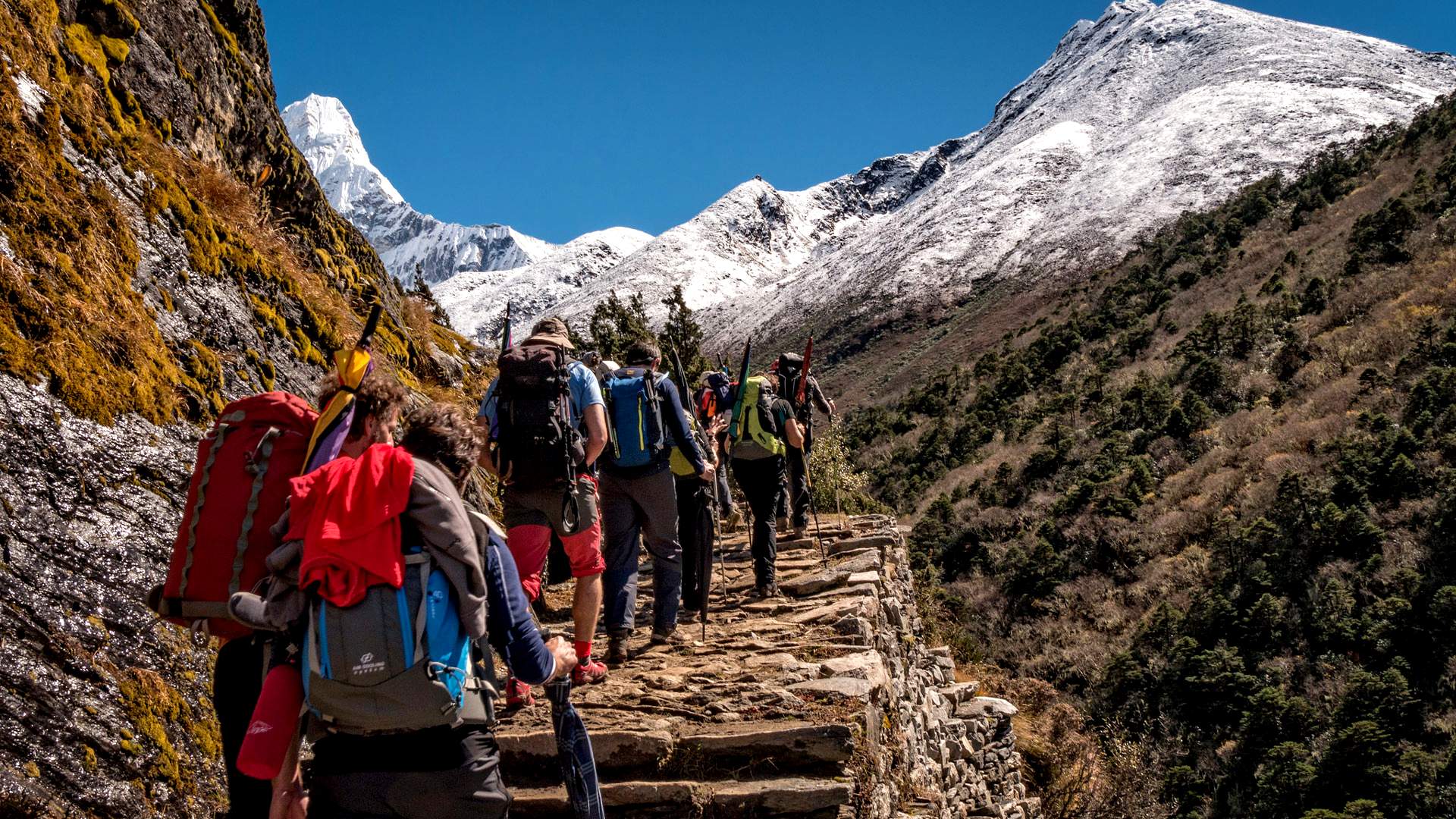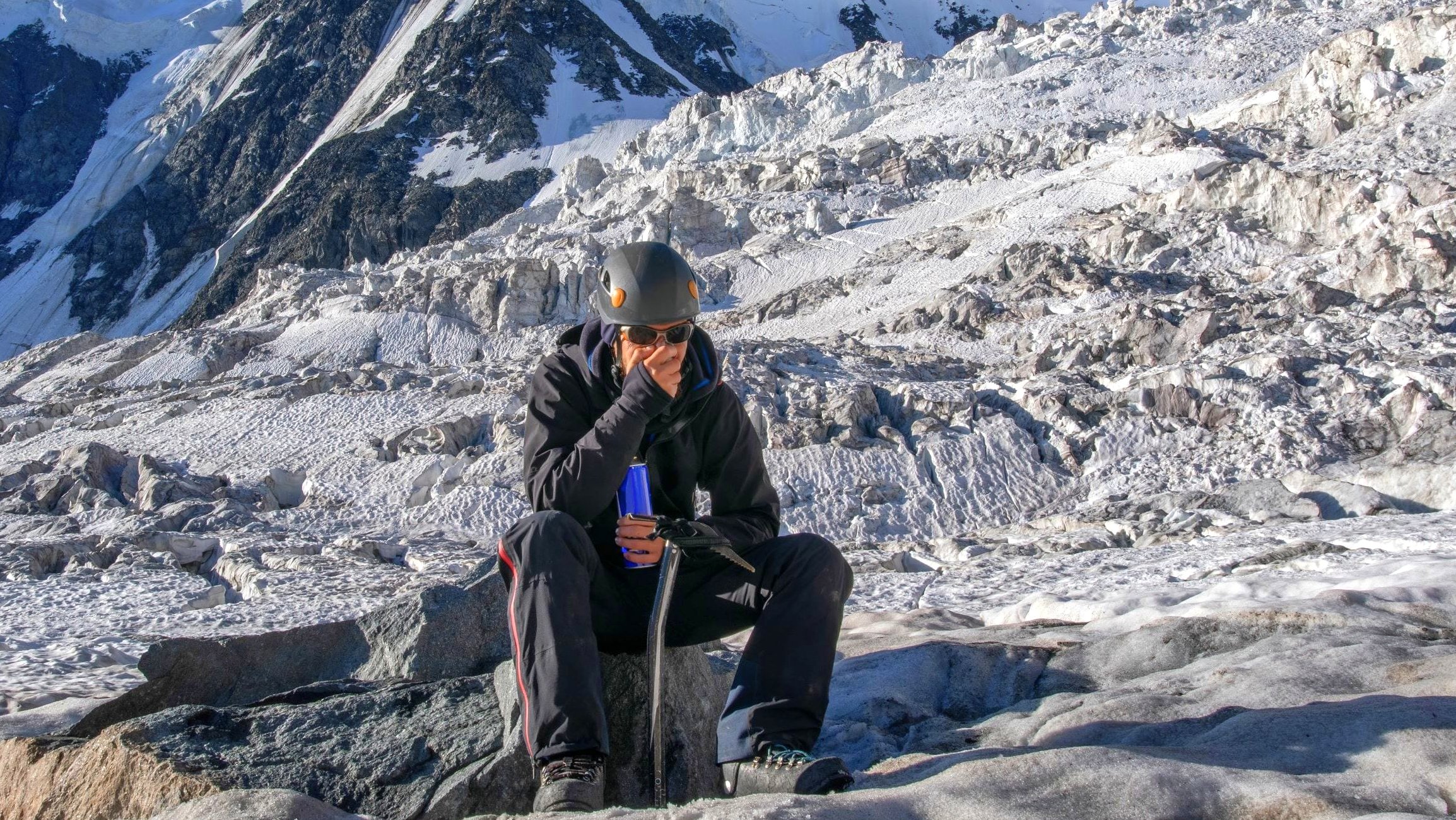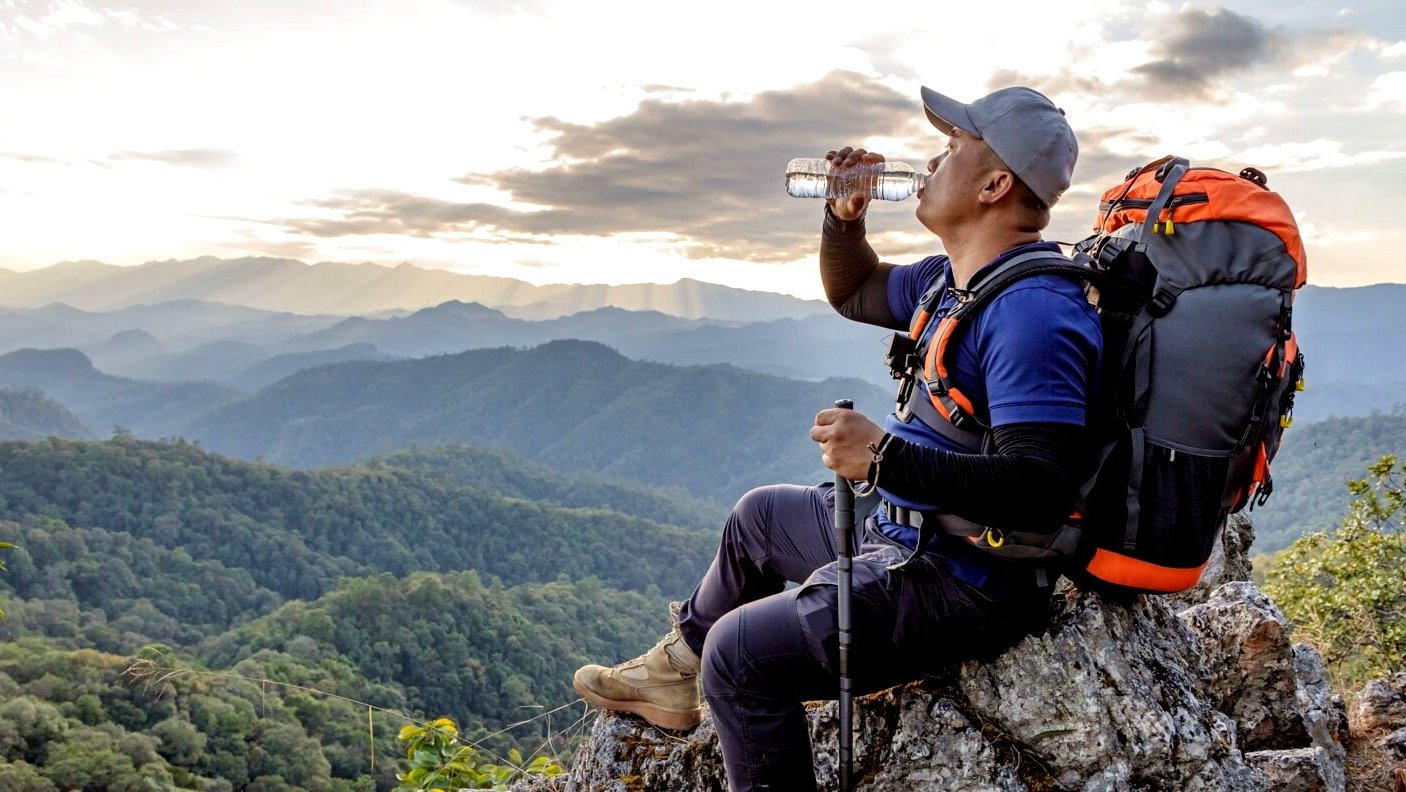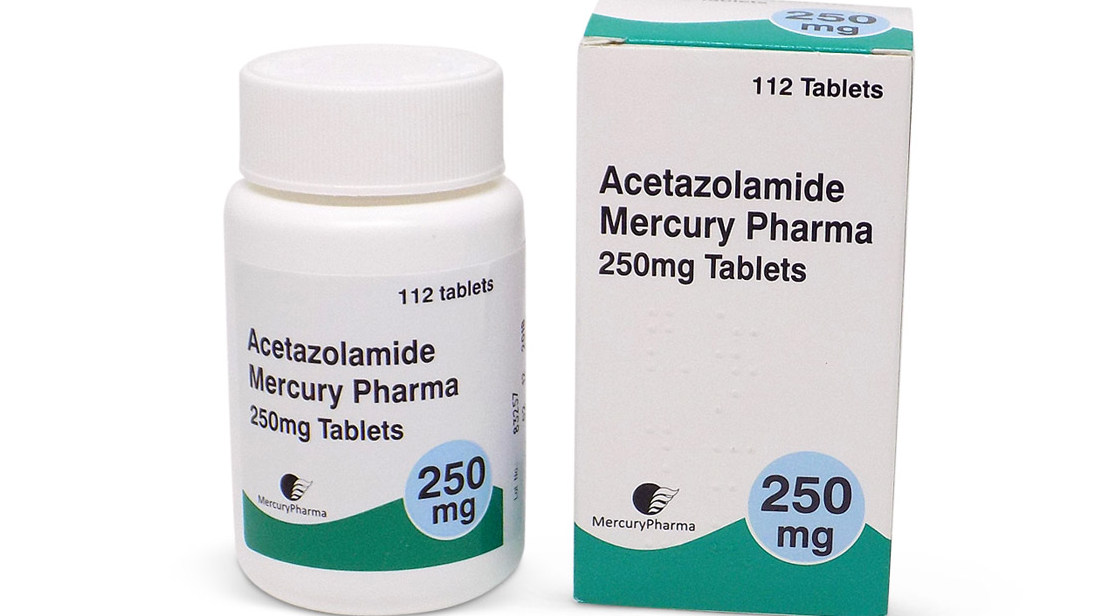Trekking to the base of the world's highest peak, Mount Everest is an adventure that attracts trekkers and mountaineers from across the globe. The journey to Everest Base Camp is not just a trek; it's an exploration into the heart of the Himalayas, offering breathtaking landscapes, unique cultural experiences, and the challenge of trekking at high altitudes. However, the high-altitude environment of Everest presents unique challenges, including the risk of altitude sickness, which encompasses Acute Mountain Sickness (AMS), High Altitude Pulmonary Edema (HAPE), and High Altitude Cerebral Edema (HACE). Understanding and preparing for these risks is crucial for a successful and enjoyable trek. This includes strategies for acclimatization, recognizing the symptoms of altitude sickness, and knowing the importance of hydration, diet, and the right high-altitude trekking gear. With the right preparation and guidance from experienced operators like Luxury Holidays Nepal Pvt. Ltd., trekkers can safely enjoy the awe-inspiring beauty and challenges of Everest, turning an ambitious trekking goal into a reality.
We pride ourselves on being the premier choice for adventurers seeking to embark on a journey to the awe-inspiring heights of Everest Base Camp. Our unparalleled expertise in high-altitude trekking, combined with a deep commitment to safety and personalized service, sets us apart as the best company for navigating the challenges and wonders of Everest trekking. We understand that trekking at high altitudes comes with its unique set of challenges, from the risk of altitude sickness to the need for proper acclimatization and the right gear. That's why we meticulously plan our itineraries to include ample time for acclimatization, ensuring a smooth and gradual ascent. Our experienced guides are well-versed in high-altitude safety and are trained to recognize and swiftly address any signs of altitude sickness, ensuring your well-being throughout the journey. Furthermore, we provide comprehensive pre-trek briefings and advice on everything from hydration and diet to the essential trekking gear required to tackle the high-altitude environment of Everest. With Luxury Holidays Nepal, you're not just choosing a trekking company; you're choosing a partner dedicated to making your Everest Base Camp trek a safe, enjoyable, and unforgettable experience. Trust us to guide you through the majestic Everest region, where every step is an adventure and every moment is a memory in the making.
Acclimatization is a crucial component of any high-altitude trek, especially when you're embarking on a journey to Everest Base Camp. The process allows your body to gradually adapt to the decreasing oxygen levels as you ascend, minimizing the risk of altitude sickness. Luxury Holidays Nepal places a strong emphasis on a carefully structured acclimatization process to ensure that trekkers can safely enjoy the breathtaking beauty of the Everest region. Here's how acclimatization is integrated into your Everest trekking experience:

Gradual Ascent
- One of the key strategies for successful acclimatization is a gradual ascent. Our itineraries are designed to increase elevation slowly, allowing your body to adjust naturally over time. This careful planning helps reduce the risk of Acute Mountain Sickness (AMS) and its more severe forms, High Altitude Pulmonary Edema (HAPE), and High Altitude Cerebral Edema (HACE).
Planned Rest Days
- Incorporating rest days into the trekking schedule is another vital aspect of acclimatization. These days are not just for rest but are also for "active rest," which involves short hikes to a higher altitude followed by a return to a lower altitude to sleep. This practice, known as "climb high, sleep low," is an effective method to aid acclimatization. Namche Bazaar and Dingboche are common rest day locations where trekkers can also enjoy local attractions and short hikes.
Hydration and Nutrition
- Staying hydrated and maintaining proper nutrition are essential components of acclimatization. At high altitudes, your body loses water through respiration at a faster rate. We advise trekkers to drink plenty of fluids and consume a balanced diet rich in carbohydrates, which are easier for the body to metabolize at high elevations, providing the necessary energy for the trek.
Monitoring for Symptoms
- Understanding and being vigilant about the symptoms of altitude sickness is critical. Our guides are trained to monitor trekkers for any signs of AMS and its severe forms. Early detection is key to taking appropriate measures, which might include additional rest days or, if necessary, descending to a lower altitude for recovery.
Acclimatization Aids
- In some cases, medications such as Acetazolamide (Diamox) can be used to aid acclimatization. However, this should only be taken under the advice of a healthcare professional and is not a substitute for a proper acclimatization strategy.
Personalized Acclimatization Plans
- At Luxury Holidays Nepal, we understand that everyone's body reacts differently to high altitudes. Our experienced guides are adept at creating personalized acclimatization plans, taking into account individual health conditions and previous trekking experiences. This personalized approach ensures that all trekkers have the best possible chance to successfully and safely reach their goals.
By following these acclimatization principles, trekkers can significantly reduce their risk of altitude sickness, making their journey to Everest Base Camp not only safer but also more enjoyable. The awe-inspiring landscapes and the sense of accomplishment that comes from reaching the base of the world's highest peak are all the more rewarding when you're fully acclimated and feeling your best.
Recognizing the symptoms of altitude sickness is crucial for anyone trekking to high altitudes, especially when aiming for Everest Base Camp. Luxury Holidays Nepal prioritizes the health and safety of its trekkers by ensuring that all participants are well-informed about the potential risks and symptoms associated with high-altitude trekking. Here's a detailed overview of the symptoms of altitude sickness to be aware of during your Everest adventure:

Acute Mountain Sickness (AMS)
AMS is the most common form of altitude sickness and can affect anyone, regardless of fitness level or previous high-altitude experience. Symptoms often mimic those of a hangover and can include:
- Headache
- Nausea and vomiting
- Dizziness
- Tiredness
- Loss of appetite
- Shortness of breath
- Disturbed sleep
High Altitude Pulmonary Edema (HAPE)
HAPE is a more severe form of altitude sickness and involves fluid accumulation in the lungs. It can develop if AMS symptoms are ignored and the individual continues to ascend. Symptoms of HAPE include:
- Persistent dry cough, often with pink or frothy sputum
- Difficulty breathing, even at rest
- Extreme fatigue
- Weakness
- Feeling of suffocation at night
- Blue tinge to the skin (cyanosis)
High Altitude Cerebral Edema (HACE)
HACE is the most severe form of altitude sickness and involves swelling of the brain. It is a life-threatening condition that requires immediate descent and medical attention. Symptoms of HACE include:
- Severe headache that does not respond to painkillers
- Unsteady gait or coordination problems (ataxia)
- Confusion or disorientation
- Hallucinations
- Behavioral changes
- Drowsiness or loss of consciousness
Preventative Measures and Response
At Luxury Holidays Nepal, our guides are trained to recognize the early signs of altitude sickness in trekkers and to take immediate action, which may include:
- Encouraging rest and monitoring symptoms
- Immediate descent to a lower altitude if symptoms of HAPE or HACE are present
- Administration of oxygen or medications, as appropriate
- Ensuring proper hydration and nutrition
- Advising on the use of Diamox (Acetazolamide) to mitigate symptoms, under the guidance of a medical professional
Importance of Self-Monitoring
- Trekkers are encouraged to monitor themselves and their fellow trekkers for signs of altitude sickness. Open communication with guides about how one is feeling is crucial. Remember, there is no shame in experiencing altitude sickness, and acknowledging symptoms early can prevent complications and even save lives.
Being informed and prepared for the possibility of altitude sickness is an essential part of planning your Everest Base Camp trek. With Luxury Holidays Nepal, you can rest assured that you're in good hands, with expert guides committed to ensuring your journey is safe, enjoyable, and successful.
Trekking to Everest Base Camp is an extraordinary adventure that places you among the towering giants of the Himalayas. However, trekking at high altitudes presents unique challenges that require preparation and caution. Luxury Holidays Nepal, with its extensive experience in high-altitude trekking, offers the following essential tips to ensure a safe and enjoyable experience on your journey to Everest Base Camp.
Pre-Trek Fitness and Training
- Start preparing your body several months in advance. Focus on cardiovascular fitness, strength training, and hikes that involve elevation gain to simulate the conditions you'll face on the trek. The better your physical condition, the more you'll enjoy the trek and the lower your risk of altitude sickness.
Acclimatization is Key
- Follow a trekking itinerary that allows for proper acclimatization. This means planning for gradual ascent and incorporating rest days, especially at critical altitudes. "Climb high, sleep low" is a good practice where you do acclimatization hikes during the day and return to a lower altitude to sleep.
Stay Hydrated
- Hydration helps mitigate altitude sickness, but don't overdo it. Aim to drink 3-4 liters of water daily, adjusting for your level of activity and the weather. Be aware of the signs of both dehydration and overhydration (hyponatremia).
Nutrition Matters
- Your body will require more calories during the trek, so consume a high-calorie diet rich in carbohydrates. Carbohydrates are more oxygen-efficient than fats or proteins, making them the best source of energy at high altitudes.
Dress Appropriately
- Layering is essential in the fluctuating temperatures of the Himalayas. Invest in good quality, insulated, waterproof, and windproof gear. Don't forget a warm hat, gloves, and thermal underwear.
Protect Yourself from the Sun
- The UV rays at high altitudes are significantly stronger, especially when reflected off the snow. Wear broad-spectrum sunscreen, lip balm with SPF, and high-quality sunglasses to protect against sunburn and snow blindness.
Know the Symptoms of Altitude Sickness
- Being able to recognize the early signs of altitude sickness in yourself or others can be lifesaving. Symptoms can range from mild headaches and dizziness to more severe symptoms like difficulty breathing. If symptoms persist or worsen, descend to a lower altitude immediately.
Consider Preventative Medications
- Consult with your doctor about taking Acetazolamide (Diamox) to aid in acclimatization. However, it should not be used as a substitute for a proper acclimatization schedule.
Travel Insurance
- Ensure you have comprehensive travel insurance that covers emergency evacuation and treatment at high altitudes. Verify that your policy specifically includes high-altitude trekking up to the altitudes you'll be reaching.
Mental Preparation
- A positive mindset and mental resilience are just as important as physical preparation. Be prepared for challenging days, and remember why you embarked on this adventure. Support from your fellow trekkers and guides can be incredibly uplifting.
Hire a Reputable Guide or Trekking Company
- A knowledgeable guide can make all the difference in your trekking experience. Luxury Holidays Nepal offers experienced guides who are well-versed in high-altitude trekking, emergency procedures, and ensuring your trek is as safe and enjoyable as possible.
By following these tips, you'll be better prepared to tackle the challenges of high-altitude trekking and enjoy the stunning beauty of Everest. Remember, every step you take is an achievement, and reaching Everest Base Camp is an experience you'll cherish for a lifetime.
Maintaining proper hydration and nutrition is paramount during high-altitude trekking, especially on an expedition as demanding as the trek to Everest Base Camp. The extreme environment, coupled with the physical exertion required, means that trekkers need to pay careful attention to their intake of fluids and food. Luxury Holidays Nepal emphasizes the importance of hydration and diet as part of its comprehensive guidance for trekkers aiming to conquer the heights of Everest. Here's a detailed look at why hydration and diet are crucial and how to manage them effectively during your trek.

Hydration: The Lifeline of High-Altitude Trekking
At high altitudes, the air is colder and drier, and your body loses water through respiration at an accelerated rate. Additionally, the effort of trekking increases perspiration, leading to further fluid loss. Proper hydration is essential for several reasons:
- Enhances Acclimatization: Adequate hydration supports the physiological processes of acclimatizing to altitude by aiding in blood circulation and oxygen delivery.
- Prevents Altitude Sickness: Staying hydrated can help mitigate symptoms of Acute Mountain Sickness (AMS), although it's not a foolproof prevention method.
- Maintains Physical Performance: Adequate hydration ensures that your muscles and other bodily systems function optimally, helping you maintain your strength and stamina on the trek.
Hydration Tips:
- Aim to drink at least 3-4 liters of water per day. Your exact needs may vary based on your activity level, the climate, and individual factors.
- Incorporate water from soups and herbal teas into your daily fluid intake.
- Avoid or limit diuretics like caffeine and alcohol, as they can increase dehydration.
- Listen to your body. Thirst is a late indicator of dehydration; drink regularly, even if you're not thirsty.
Diet: Fueling Your High-Altitude Adventure
The right nutrition can make a significant difference in your energy levels and overall trekking experience. The caloric demands of trekking at high altitudes are high, and meeting these demands requires careful planning.
- Carbohydrates: Your primary energy source should be carbohydrates. They are more oxygen-efficient for metabolism than fats or proteins, making them the ideal fuel for high-altitude activities. Include a variety of complex carbohydrates like grains, cereals, and bread in your meals.
- Proteins: Adequate protein intake is essential for muscle repair and recovery. Include lean proteins such as dal (lentils), eggs, and meat in your diet.
- Fats: Healthy fats are also important for energy, especially for longer treks. However, they are harder to digest at high altitudes, so consume them in moderation.
- Vitamins and Minerals: A balanced diet rich in fruits and vegetables will help meet your vitamin and mineral needs, supporting overall health and immune function.
Diet Tips:
- Eat small, frequent meals to maintain your energy levels and facilitate digestion, which can be slower at high altitudes.
- Consider energy bars, dried fruits, and nuts for high-energy snacks during the trek.
- Be open to trying local foods, which are often well-suited to the demands of trekking in the region.
- Even if your appetite decreases—a common effect of altitude—strive to consume enough calories to support your energy expenditure.
Hydration and diet are foundational elements of a successful Everest Base Camp trek. By ensuring you drink enough fluids and consume a balanced, calorie-appropriate diet, you'll be better equipped to handle the rigors of high-altitude trekking and enjoy the stunning vistas and unique experiences that Everest has to offer. Luxury Holidays Nepal is committed to guiding you through every step of this journey, providing expert advice and support to ensure your trek is safe, enjoyable, and unforgettable.
Acetazolamide, commonly known by its trade name Diamox, is a medication often recommended for trekkers and climbers to aid in the prevention and treatment of altitude sickness. Altitude sickness, or Acute Mountain Sickness (AMS), is a concern for many who venture into high-altitude areas, such as the Everest Base Camp trek. Understanding the role of Acetazolamide in your preparation for high-altitude trekking can be an essential part of ensuring a safer and more enjoyable experience. Here, Luxury Holidays Nepal provides an insightful guide on the use of Acetazolamide for the Everest trek.

What is Acetazolamide (Diamox)?
- Acetazolamide is a diuretic that works by altering the acid-base balance of the blood, which stimulates the breathing mechanism, increasing the amount of oxygen in the blood, and hence, improving your ability to acclimatize to high altitudes. It is not a cure for altitude sickness, but it can help reduce the severity and incidence of symptoms.
Who Should Consider Taking Acetazolamide?
Not everyone needs to take Acetazolamide when trekking to high altitudes. Its use is generally recommended for:
- Individuals who have experienced altitude sickness in the past.
- Trekkers ascend to more than 2,500 meters (8,200 feet) in elevation, particularly if the ascent is rapid.
- Those with a known susceptibility to altitude sickness.
It's crucial to consult with a healthcare professional before your trip to discuss whether Acetazolamide is suitable for you, especially if you have pre-existing health conditions or are taking other medications.
How to Use Acetazolamide
- If prescribed, it's typically recommended to start taking Acetazolamide 1-2 days before ascending to high altitudes and continue for the first 2-3 days at the highest altitude, or longer if the ascent continues. Dosage can vary, so follow the advice of your healthcare provider.
Possible Side Effects
While Acetazolamide can be effective in preventing altitude sickness, it's not without side effects. Common ones include:
- Increased urination
- Tingling in the fingers and toes
- Altered taste, especially for carbonated drinks
- Nausea or drowsiness
- Rashes in rare cases
Additional Considerations
- Acetazolamide is a preventative measure, not a treatment for severe altitude sickness. If symptoms of AMS, HAPE, or HACE occur, descending to a lower altitude is the most effective remedy. Also, hydration is crucial while taking this medication due to its diuretic effect.
Alternatives and Complementary Measures
- For those unable or unwilling to take Acetazolamide, focusing on acclimatization strategies, such as a gradual ascent and “climb high, sleep low,” remains the primary method for preventing altitude sickness. Ensuring proper hydration, nutrition, and rest are also key factors in successful acclimatization.
We emphasize the importance of preparation, education, and taking preventative measures against altitude sickness. Whether or not you choose to use Acetazolamide as part of your high-altitude trekking strategy, consulting with medical professionals, and following a well-planned itinerary for acclimatization are essential steps toward a successful and enjoyable Everest Base Camp trek. Remember, every individual reacts differently to altitude, and personal health and safety should always be the priority.
Embarking on the Everest Base Camp trek requires not just physical preparation and mental resilience but also the right gear. Given the extreme conditions and the challenges of high-altitude trekking, having the appropriate equipment is essential for your safety, comfort, and success on the mountain. Luxury Holidays Nepal emphasizes the importance of being well-equipped for the Everest trek and provides a comprehensive guide on the essential high-altitude trekking gear needed for this adventure.
Essential High-Altitude Trekking Gear for Everest
Clothing: Layering for Versatility
- Base Layer: Moisture-wicking fabrics to keep you dry and comfortable.
- Insulating Layer: Fleece or down jackets for warmth.
- Outer Layer: Waterproof and windproof jackets and pants to protect against the elements.
Footwear
- Hiking Boots: Waterproof, insulated, and broken-in boots with strong ankle support.
- Trekking Socks: Wool or synthetic socks that offer warmth and moisture control.
- Gaiters: To keep snow, mud, and rocks out of your boots.
Headgear
- Sun Hat: To protect against the sun during the day.
- Warm Hat: For cold mornings and evenings.
- Buff or Neck Gaiter: Versatile for warmth and wind protection.
- Sunglasses: UV-protection sunglasses to prevent snow blindness.
Gloves
- Lightweight Gloves: For warmer conditions.
- Insulated Gloves: Waterproof and windproof for colder conditions.
Backpack
- Daypack: A comfortable, durable backpack (30-40 liters) with a rain cover.
- Duffel Bag: For porters to carry non-essential items, leaving you with only your daypack during the trek.
Sleeping Gear
- Sleeping Bag: A high-quality sleeping bag rated for temperatures well below the coldest you expect to encounter.
- Sleeping Bag Liner: Adds extra warmth and hygiene.
Trekking Poles
- Adjustable Trekking Poles: Reduce knee strain on descents and aid balance.
Hydration System
- Water Bottles or Hydration Bladder: Ensure it's easy to use and won't freeze at higher altitudes.
- Water Purification Tablets or Filters: To ensure water safety.
Nutrition
- Energy Bars and Snacks: Quick, high-energy sources for long trekking days.
Miscellaneous
- Headlamp: With extra batteries for early morning starts or late finishes.
- First-Aid Kit: Including altitude sickness medication, as recommended by a healthcare professional.
- Personal Hygiene Items: Sunscreen, lip balm with SPF, hand sanitizer, wet wipes, and toiletries.
- Multi-tool or Swiss Army Knife: Always handy for unexpected needs.
- Portable Power Bank: For charging electronic devices.
Selecting the Right Gear
- When selecting your gear, prioritize quality and functionality over price. The right gear can make a significant difference in your ability to handle the challenges of high-altitude trekking and can impact your overall experience. Test your gear before leaving, especially your boots and backpack, to ensure comfort and fit.
Luxury Holidays Nepal advises all trekkers to carefully consider their gear choices and to consult with experienced trekkers or professionals when in doubt. Remember, being well-prepared with the right gear is just as important as physical preparation for your Everest Base Camp trek. Our team is here to assist you with any questions or concerns you may have about gear selection, ensuring you're fully prepared for the adventure that lies ahead.
Everest Base Camp trek is an adventure that goes beyond just reaching a physical location; it's about embracing the challenges and rewards of high-altitude trekking. Preparation is key, from acclimatizing properly and recognizing and managing symptoms of altitude sickness to understanding the importance of hydration and nutrition. Equipping yourself with the right high-altitude trekking gear and having knowledge of medications like Acetazolamide (Diamox) can make a significant difference in your experience. With Luxury Holidays Nepal, you're not just embarking on a trek; you're setting out on a journey of a lifetime, armed with the knowledge, support, and guidance needed to navigate the breathtaking landscapes and unique challenges of Everest. Our commitment to your safety, enjoyment, and success stands as our promise, ensuring that this high-altitude adventure becomes a cherished memory in your collection of life's greatest experiences.
Q: What is the altitude of Everest Base Camp?
A: Everest Base Camp is situated at an altitude of approximately 5,364 meters (17,598 feet) above sea level.
A: Acclimatization involves gradual ascent, incorporating rest days into your itinerary, staying hydrated, and possibly using medication like Acetazolamide (Diamox) under the guidance of a healthcare professional. Following the trekking plan designed by Luxury Holidays Nepal, which includes acclimatization days, is crucial.
A: Symptoms include headache, nausea, vomiting, fatigue, dizziness, shortness of breath, and disturbed sleep. Recognizing these early signs is key to managing altitude sickness effectively.
A: Preventive measures include ascending slowly, acclimatizing properly, staying hydrated, eating a balanced diet, avoiding alcohol and tobacco, and considering preventive medication like Acetazolamide (Diamox).
A: Essential gear includes thermal layers, waterproof and windproof jackets and pants, quality hiking boots, UV protection sunglasses, a sleeping bag suitable for low temperatures, a daypack, hydration supplies, and a personal medical kit.
A: Diamox is not mandatory but is recommended for those who have experienced altitude sickness before or are particularly concerned about it. Consult with a healthcare provider before taking it.
A: Hydration and a proper diet are crucial for maintaining energy levels and aiding in acclimatization. Drink at least 3-4 liters of water daily and consume a diet rich in carbohydrates and proteins.
A: Mild symptoms of altitude sickness can be managed with rest, hydration, and descent to a lower altitude if necessary. Severe cases require immediate medical attention and descent. We ensure that guides are trained to handle such situations.
A: If symptoms of HAPE or HACE are suspected, it's critical to descend to a lower altitude immediately and seek medical help. Always inform your guide about any symptoms you're experiencing.
A: Luxury Holidays Nepal offers expertly crafted itineraries that prioritize acclimatization and safety, experienced guides knowledgeable in high-altitude trekking and emergency procedures, and comprehensive support to ensure a memorable and safe trekking experience.




